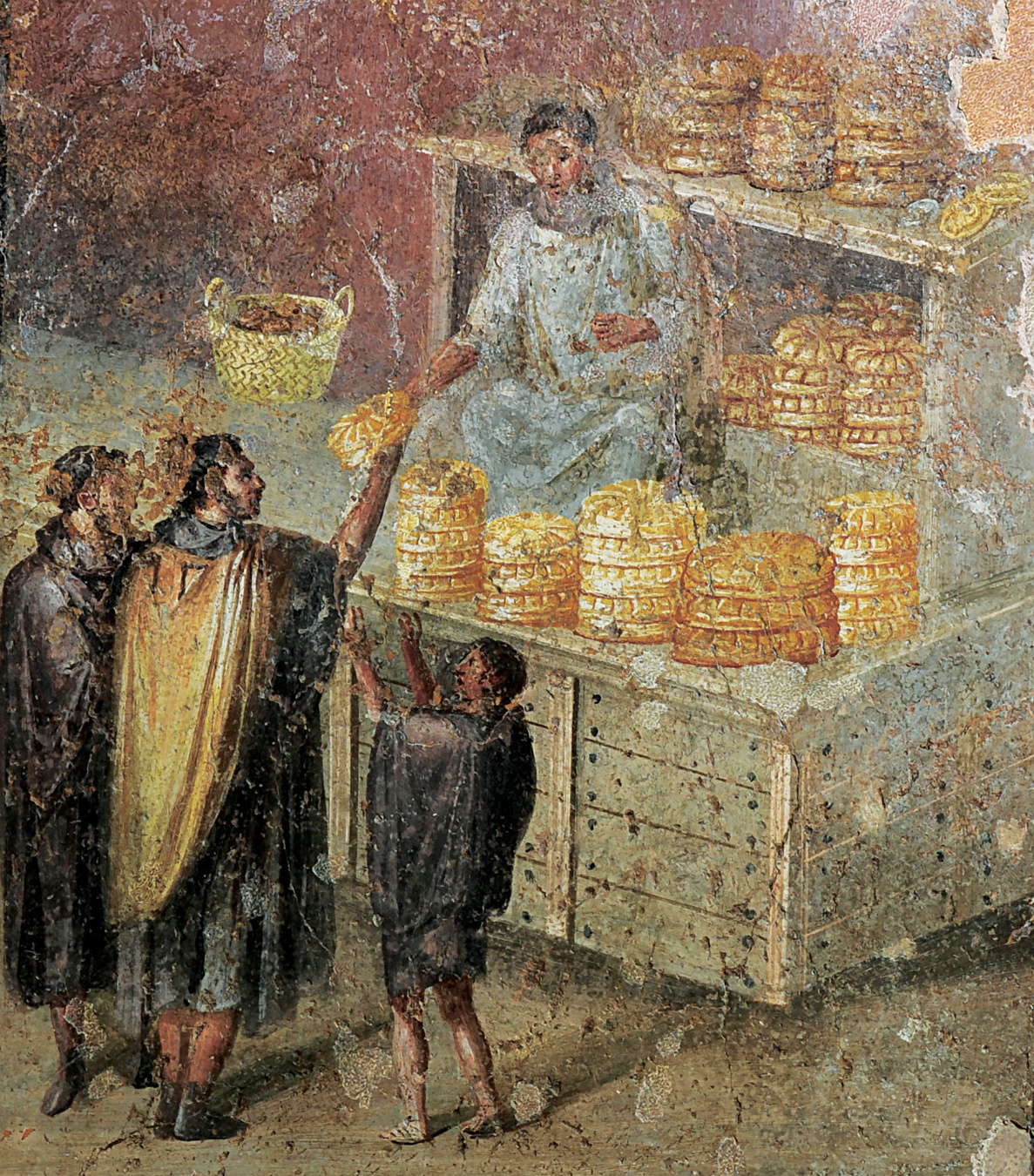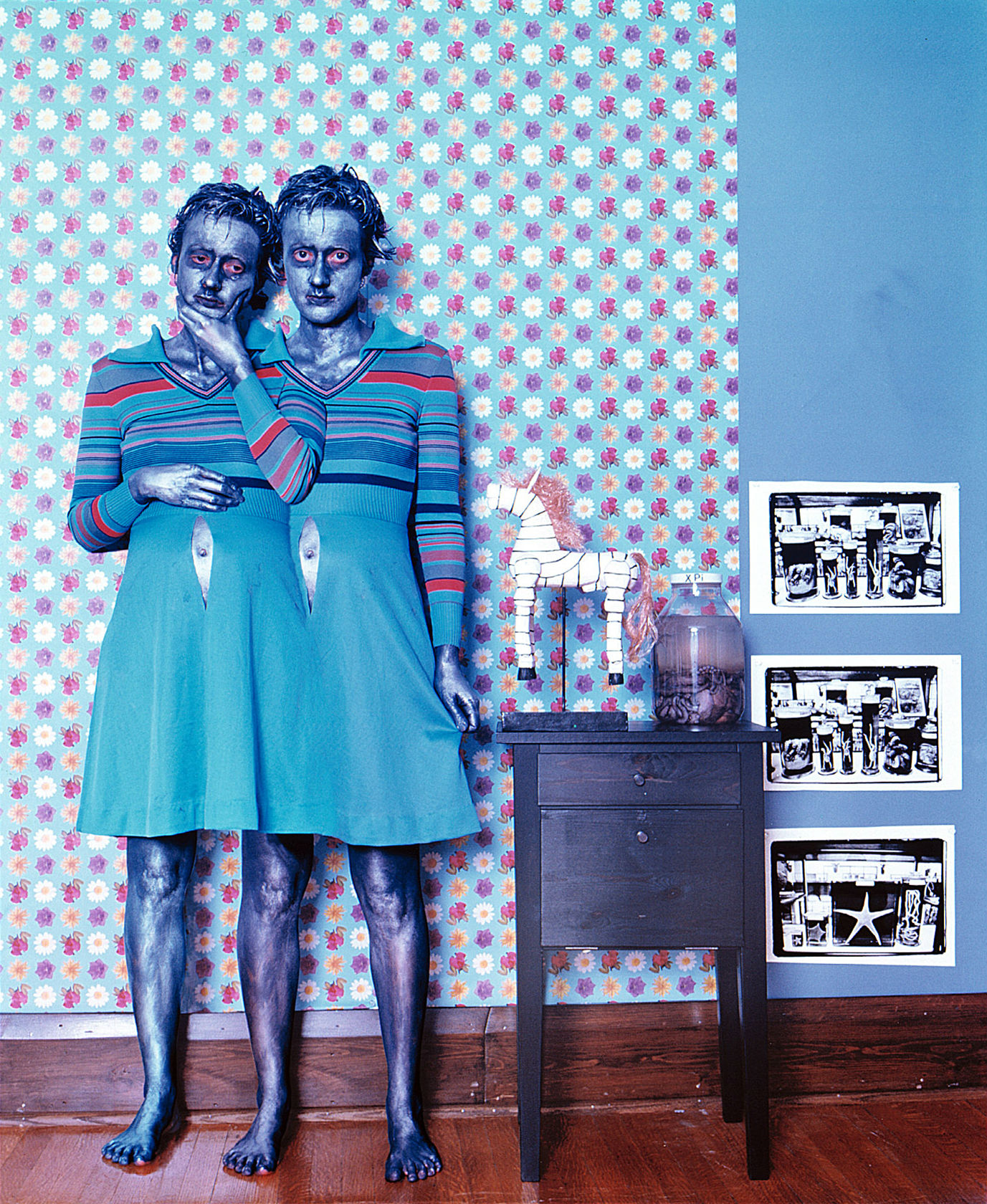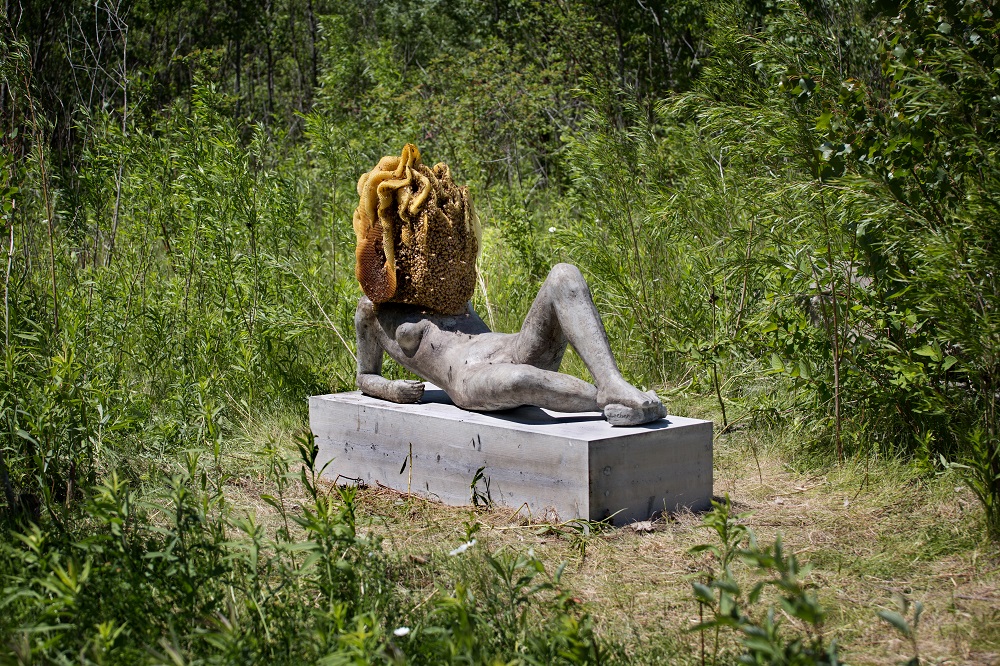-
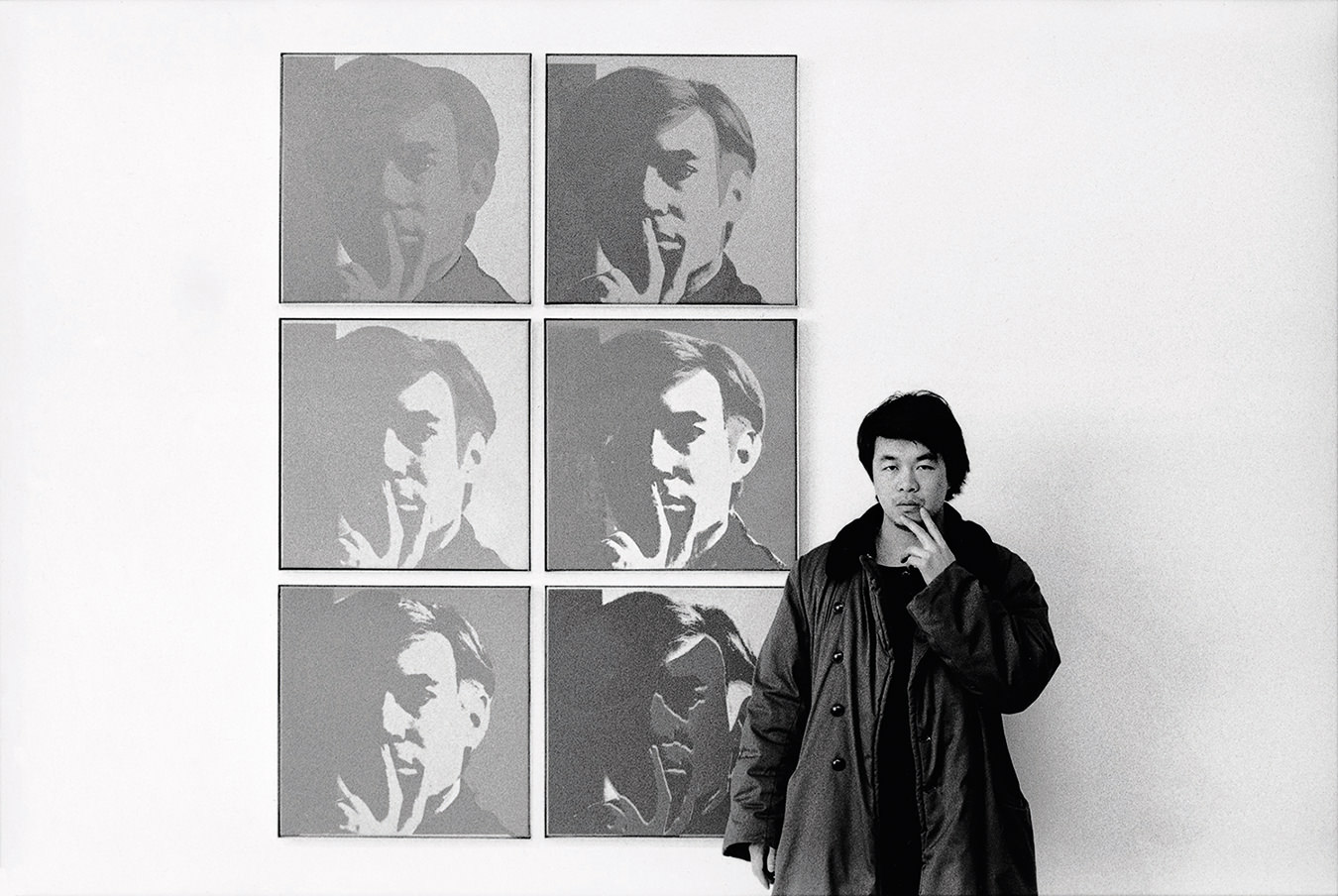
Ai Weiwei, At the Museum of Modern Art, 1987.
From the New York Photographs series 1983–93, collection of Ai Weiwei, © Ai Weiwei; Andy Warhol artwork © The Andy Warhol Foundation for the Visual Arts, Inc. -
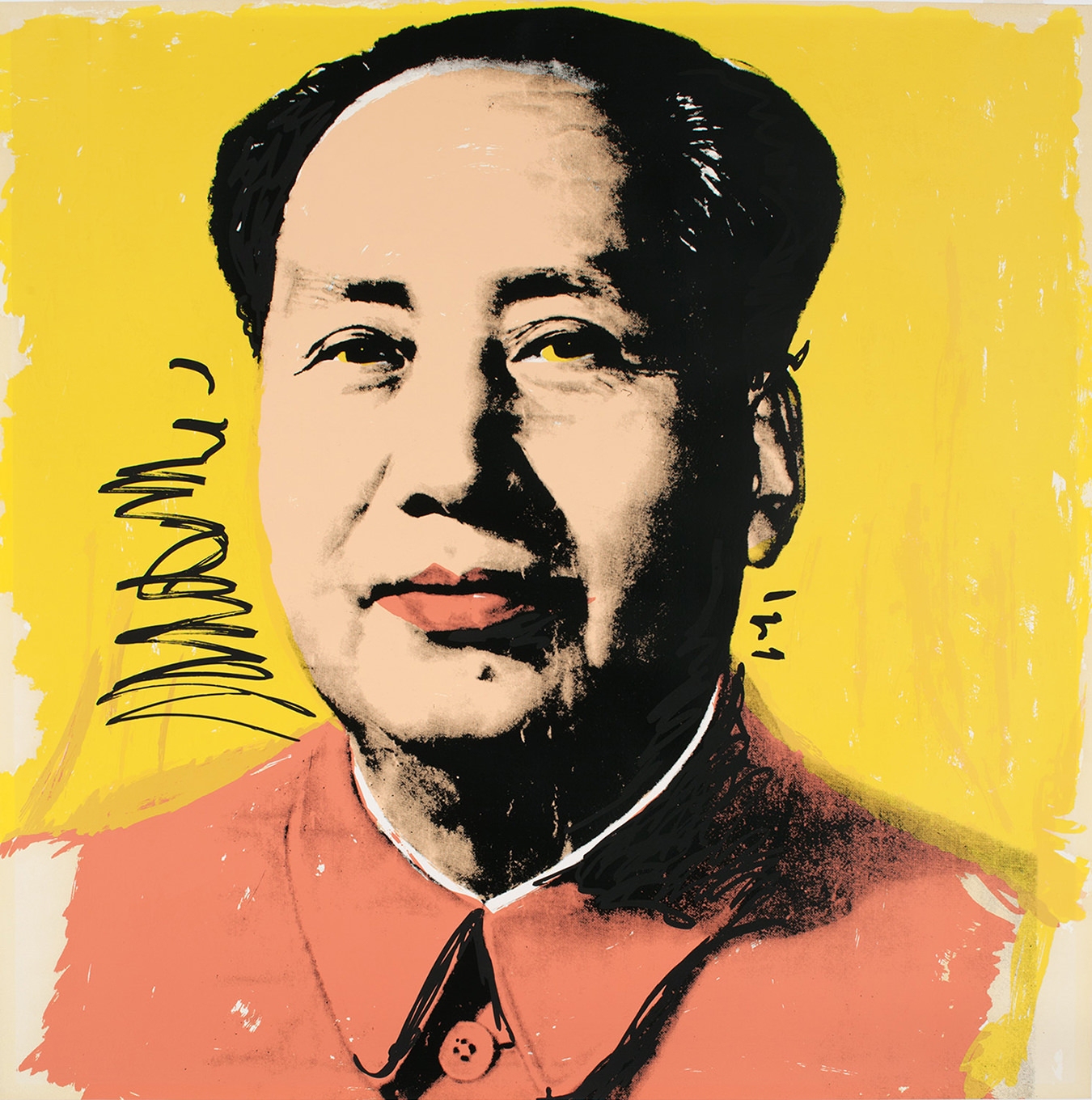
Andy Warhol, Mao, 1972.
The Andy Warhol Museum, Pittsburgh, © The Andy Warhol Foundation for the Visual Arts, Inc. -
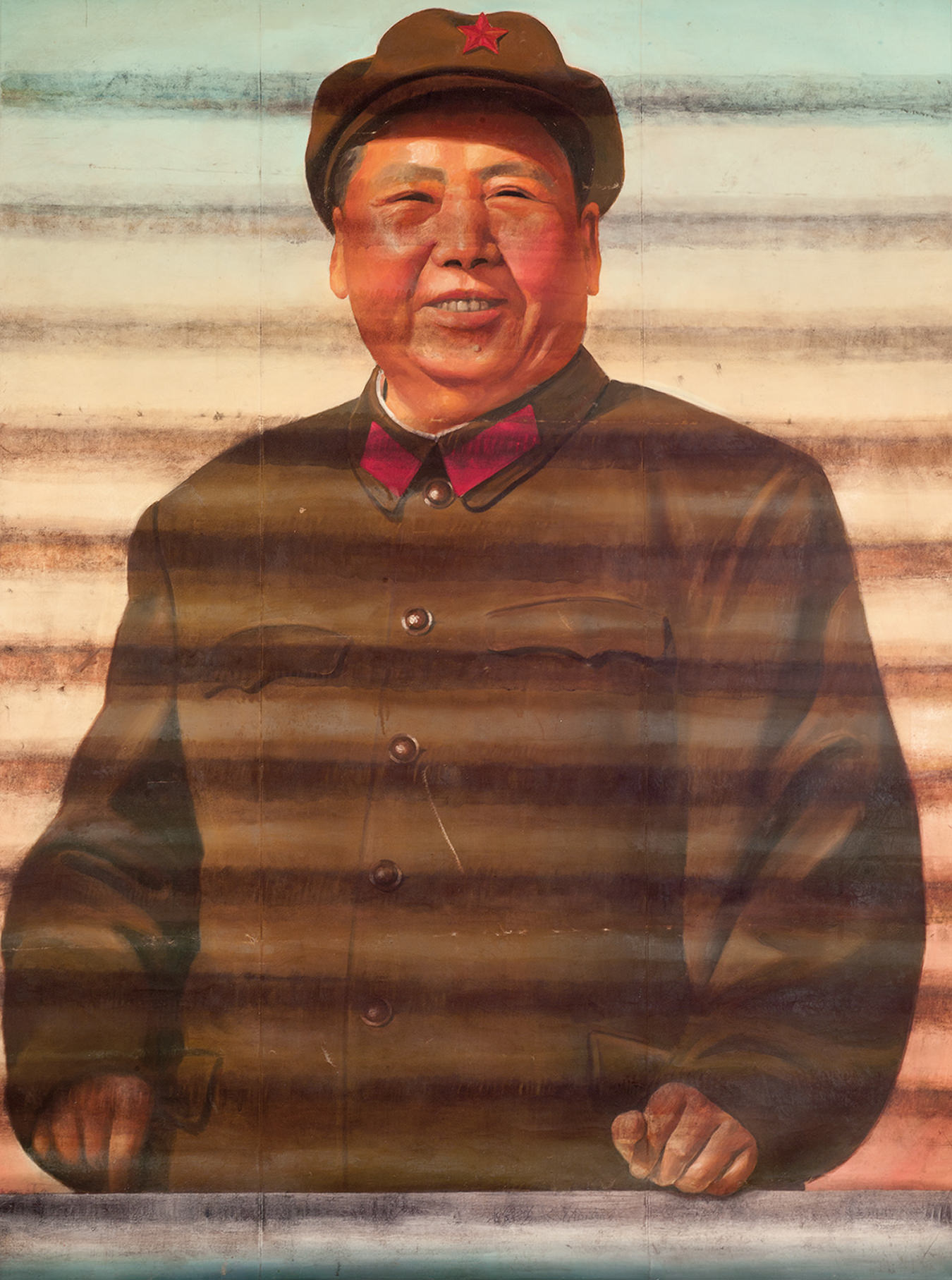
Ai Weiwei, Mao (facing forward), 1986.
Private collection, image courtesy Ai Weiwei studio, © Ai Weiwei. -
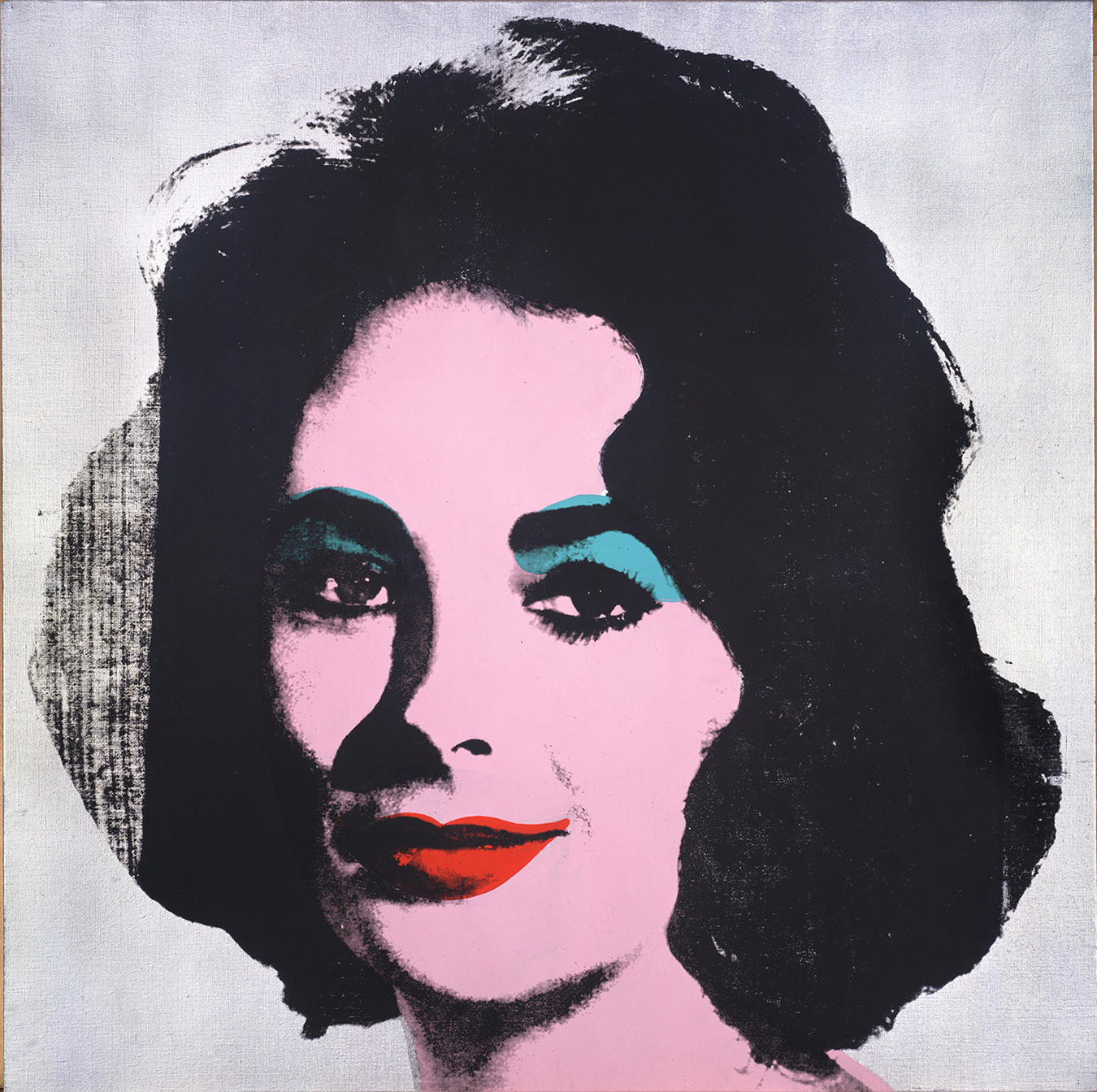
Andy Warhol, Silver Liz [Ferus Type], 1963.
The Andy Warhol Museum, Pittsburgh, © The Andy Warhol Foundation for the Visual Arts, Inc. -
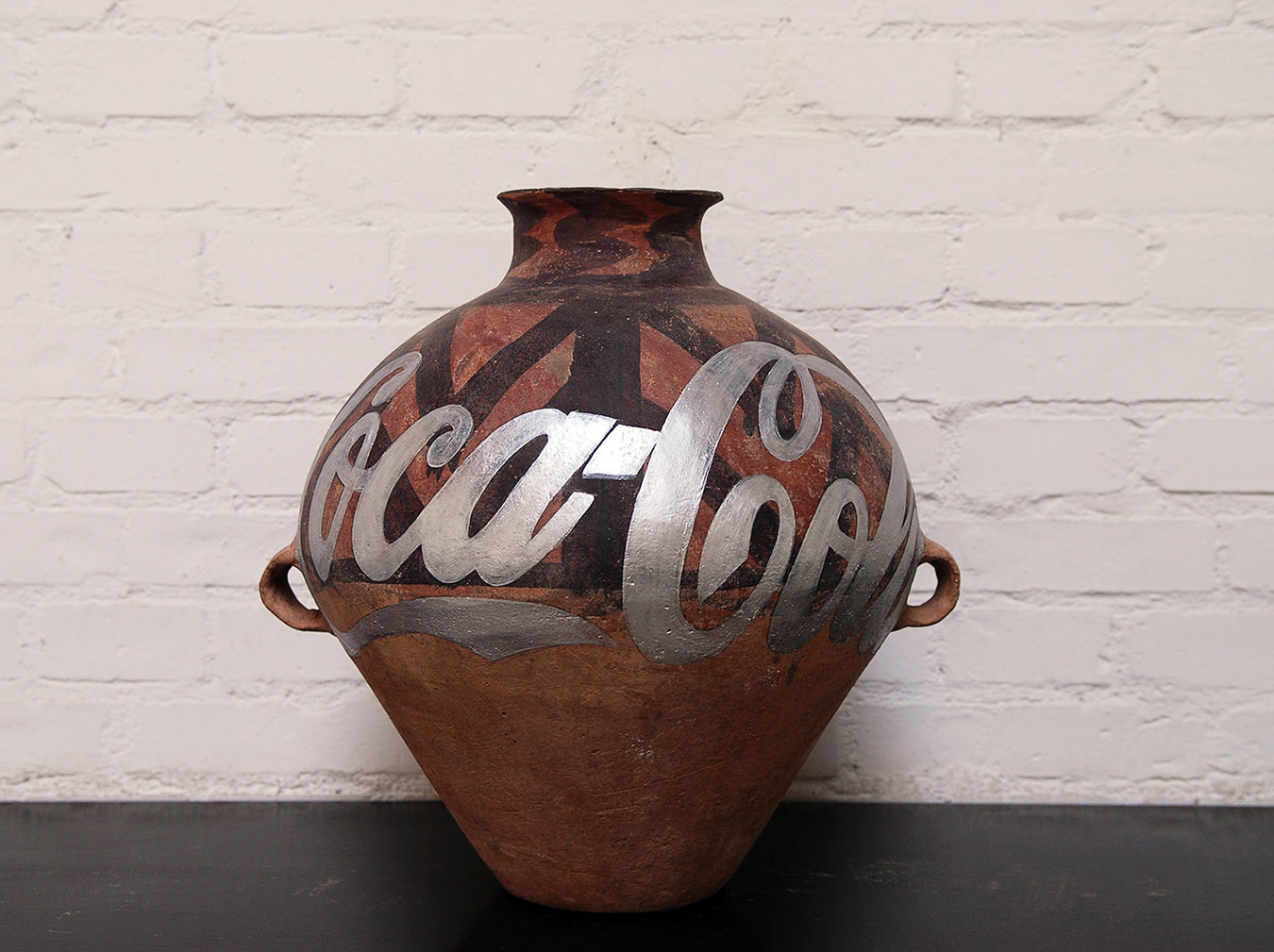
Ai Weiwei, Han Dynasty Urn with Coca Cola logo (silver), 2007.
Private collection, image courtesy Ai Weiwei studio, © Ai Weiwei. -

Andy Warhol, Cat collage (from 25 Cats Name Sam and One Blue Pussy), ca. 1954.
The Andy Warhol Museum, Pittsburgh, © The Andy Warhol Foundation for the Visual Arts, Inc. -
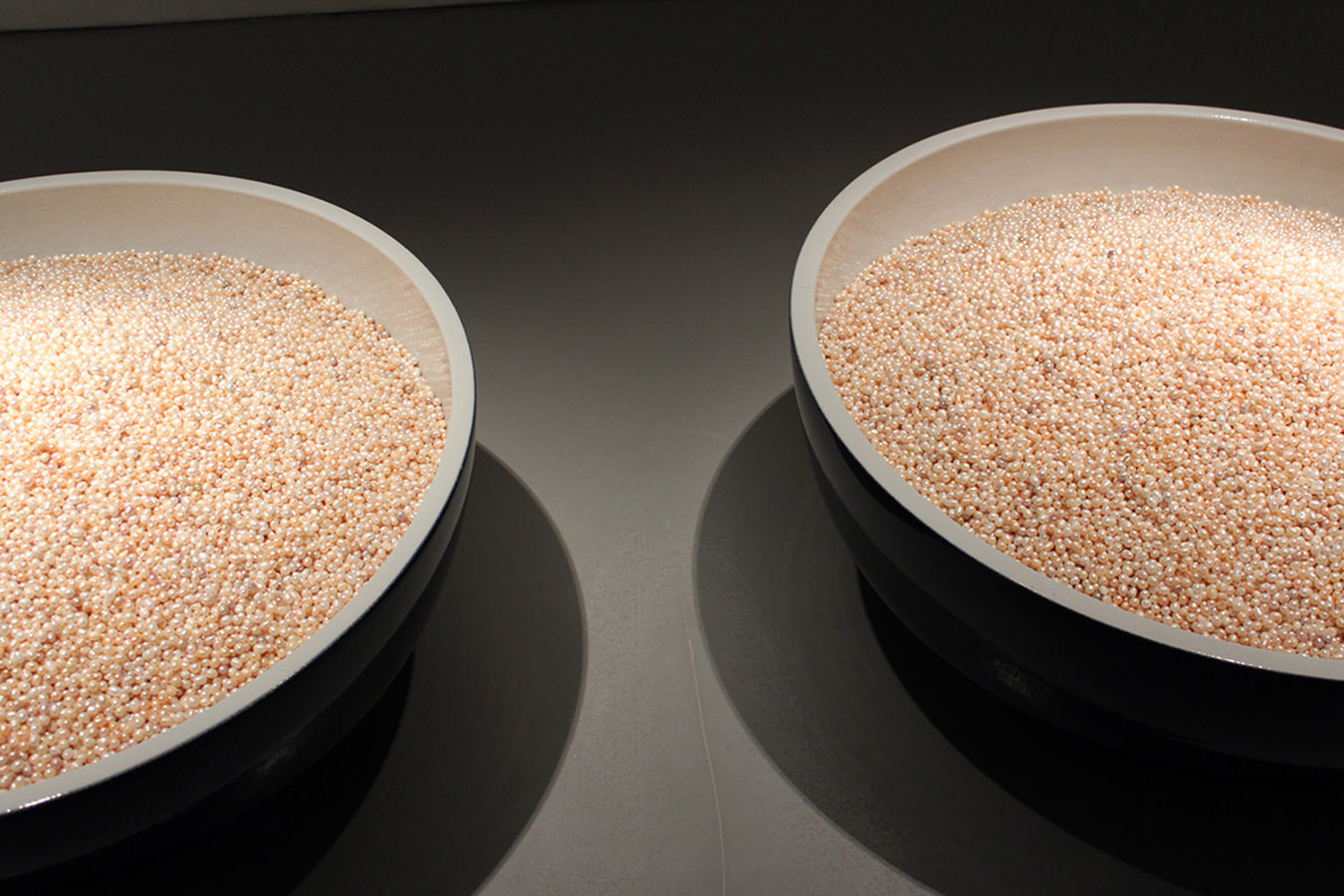
Ai Weiwei, Bowls of Pearls, 2006.
Private collection, © Ai Weiwei. -
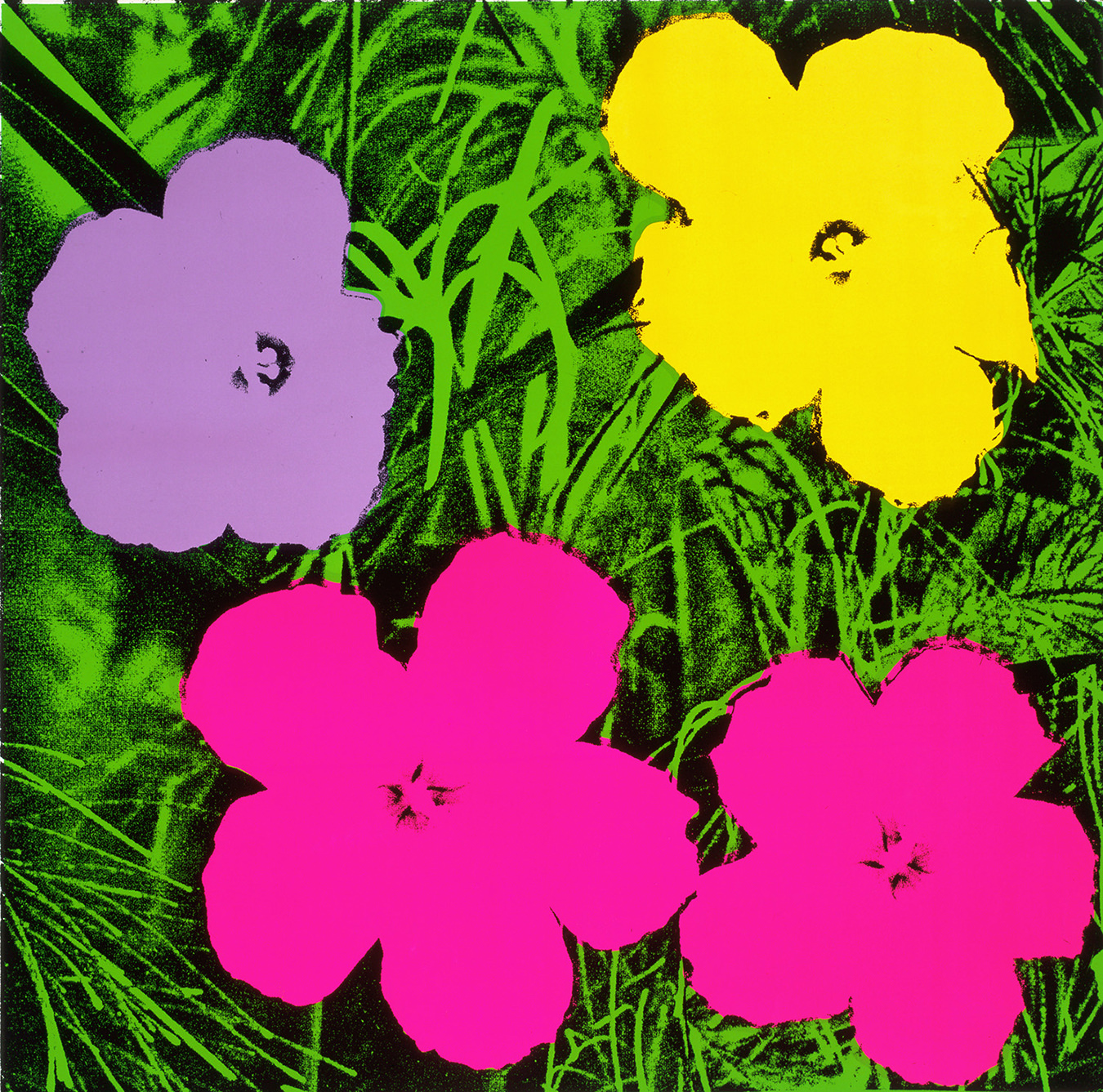
Andy Warhol, Flowers, 1970.
The Andy Warhol Museum, Pittsburgh, © The Andy Warhol Foundation for the Visual Arts, Inc. -

Ai Weiwei, Suzhou River in Shanghai, 1979.
Private collection, © Ai Weiwei. -
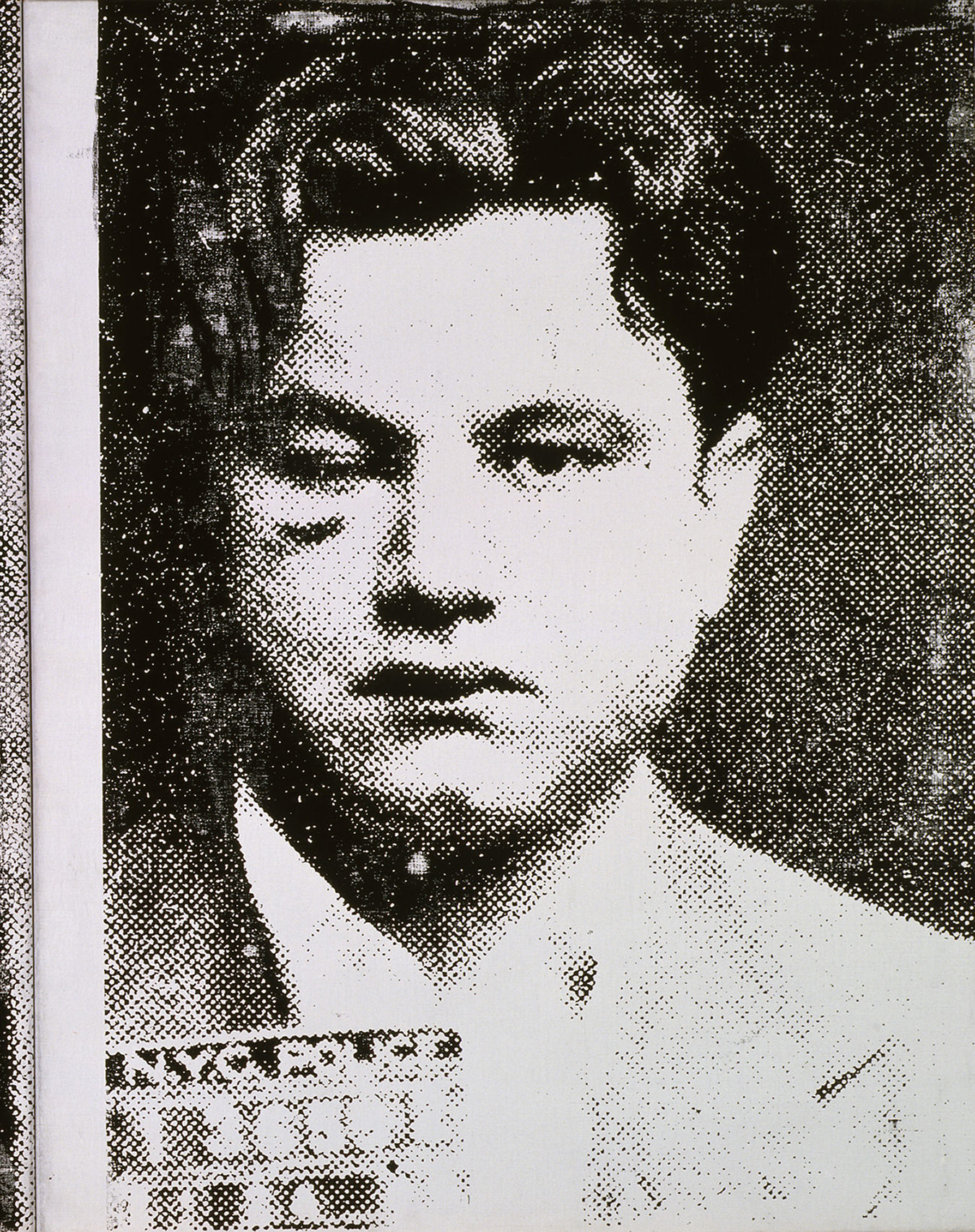
Andy Warhol, Most Wanted Men No. 2, John Victor G., 1964.
The Andy Warhol Museum, Pittsburgh, © The Andy Warhol Foundation for the Visual Arts, Inc. -
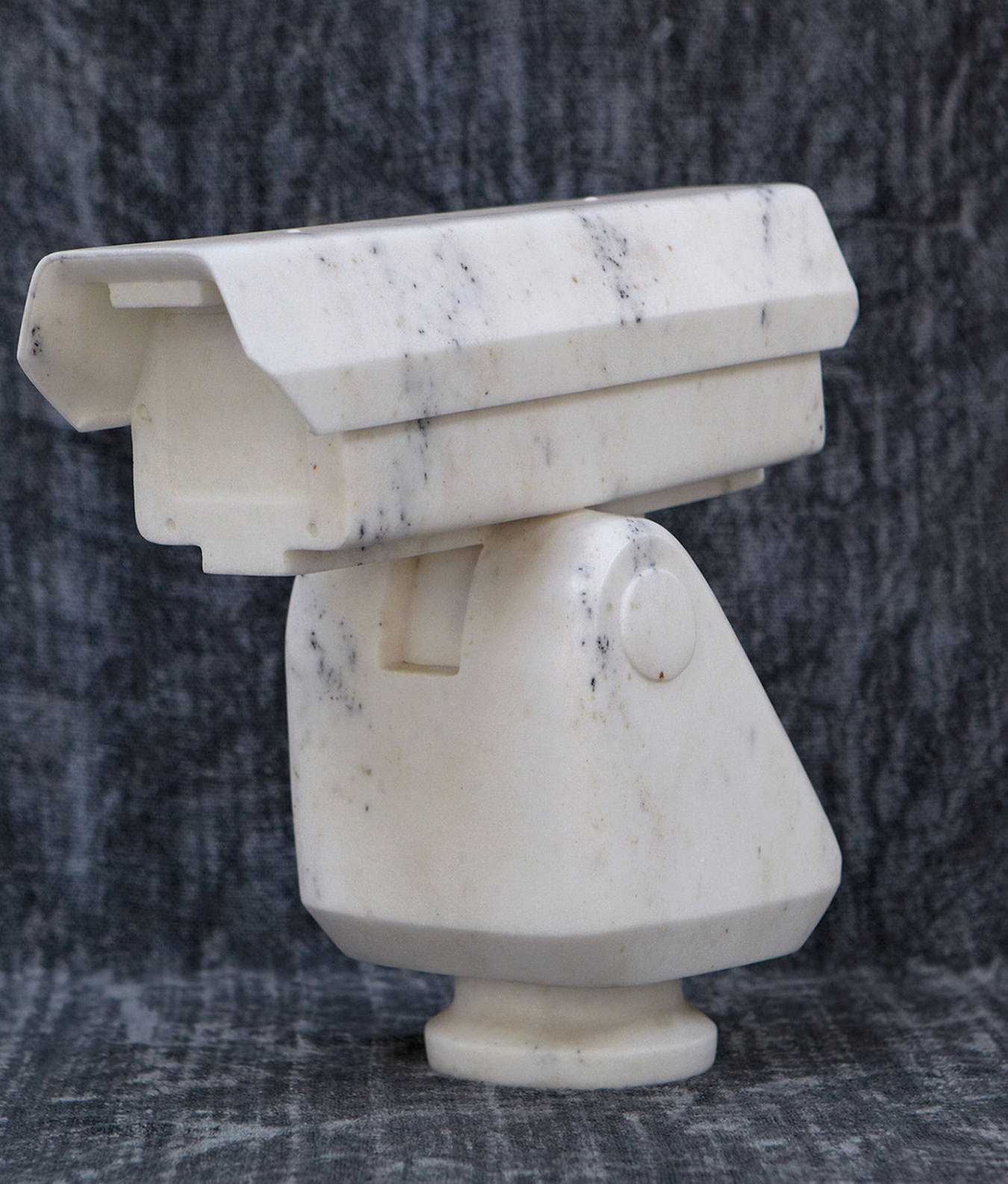
Ai Weiwei, Surveillance Camera, 2010.
Private collection, © Ai Weiwei. -
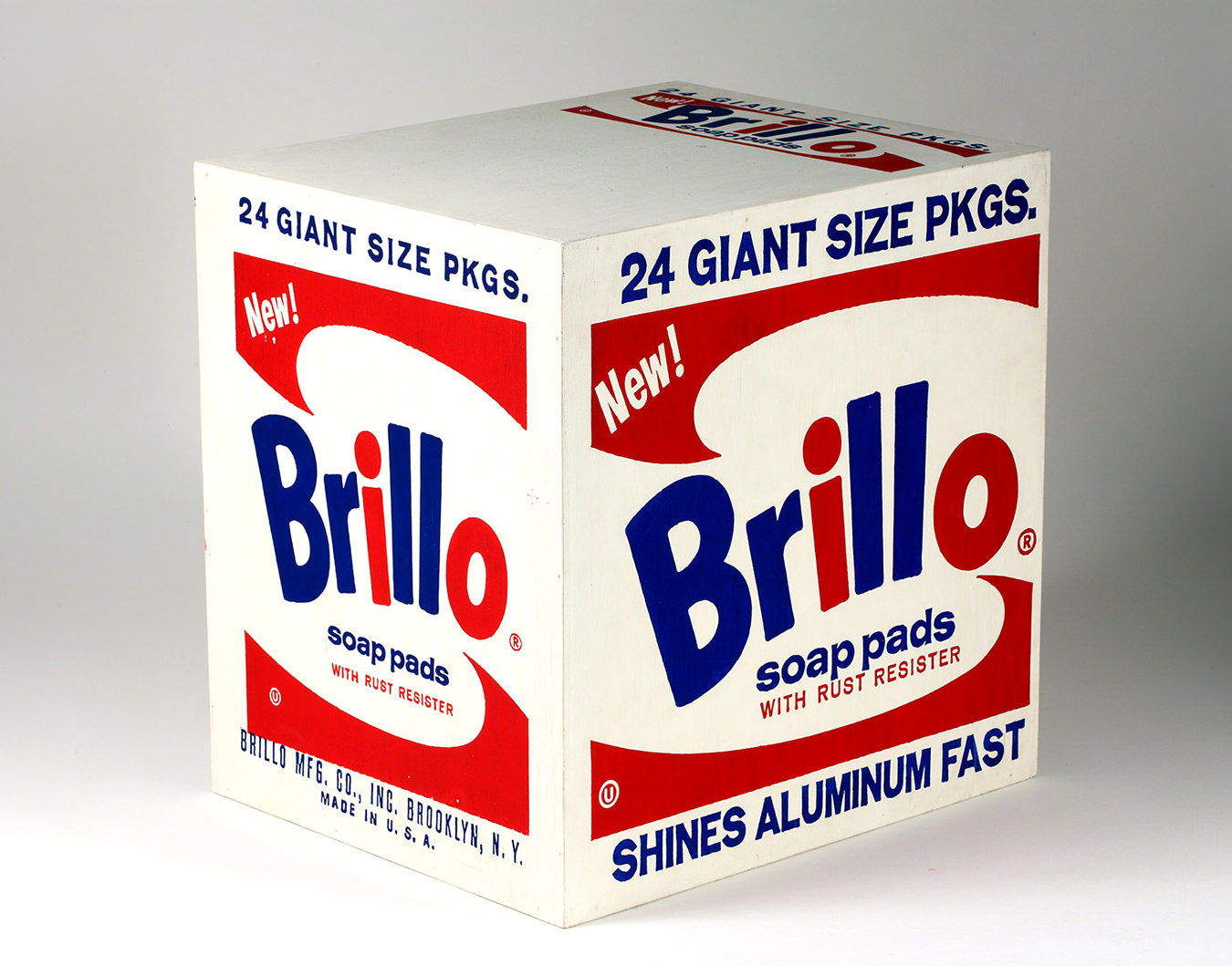
Andy Warhol, Brillo Soap Pads Box, 1964.
The Andy Warhol Museum, Pittsburgh, © The Andy Warhol Foundation for the Visual Arts, Inc. -
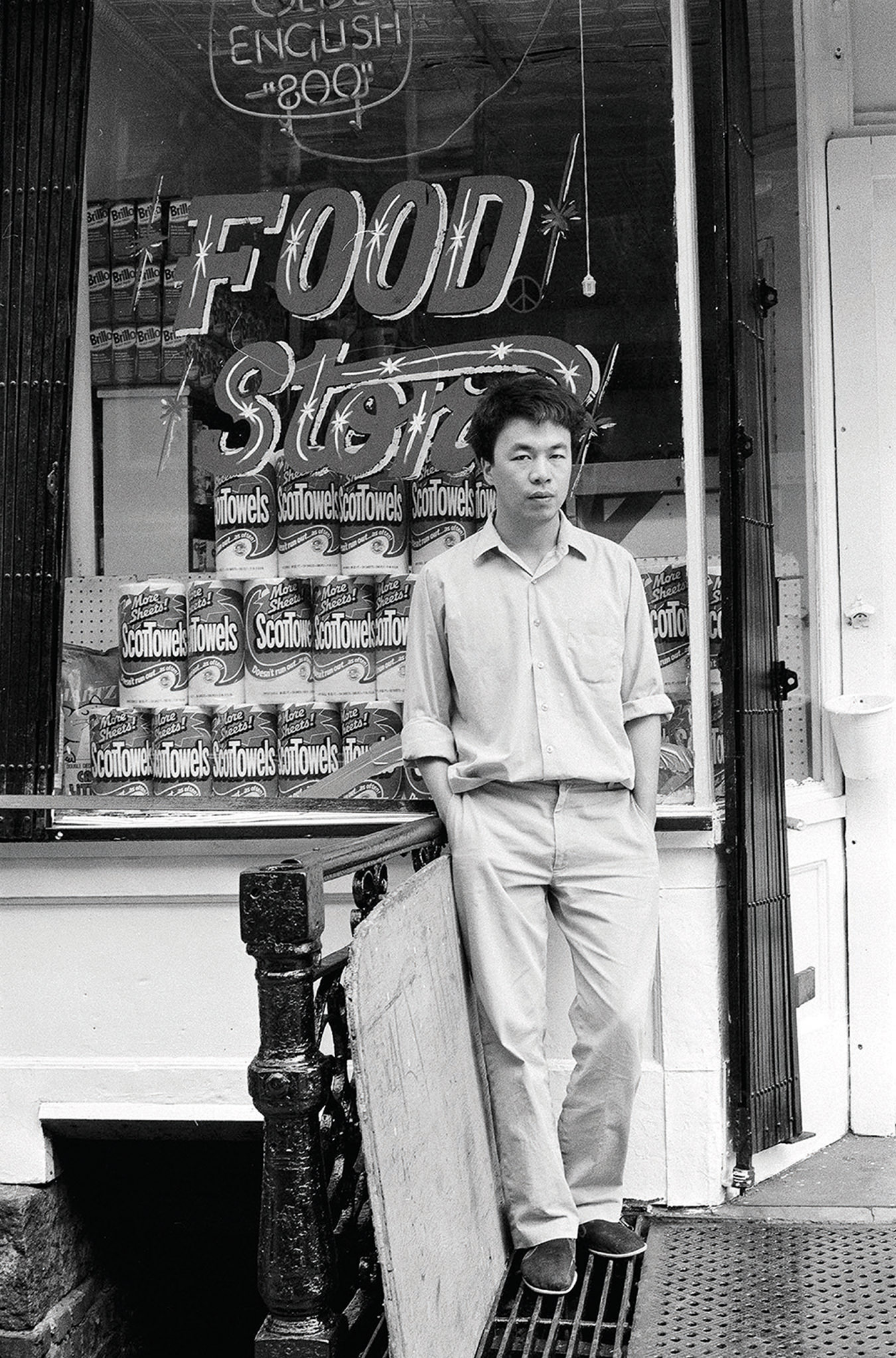
Ai Weiwei, Williamsburg, Brooklyn, 1983.
From the New York Photographs series, 1983–93, collection of Ai Weiwei, © Ai Weiwei. -
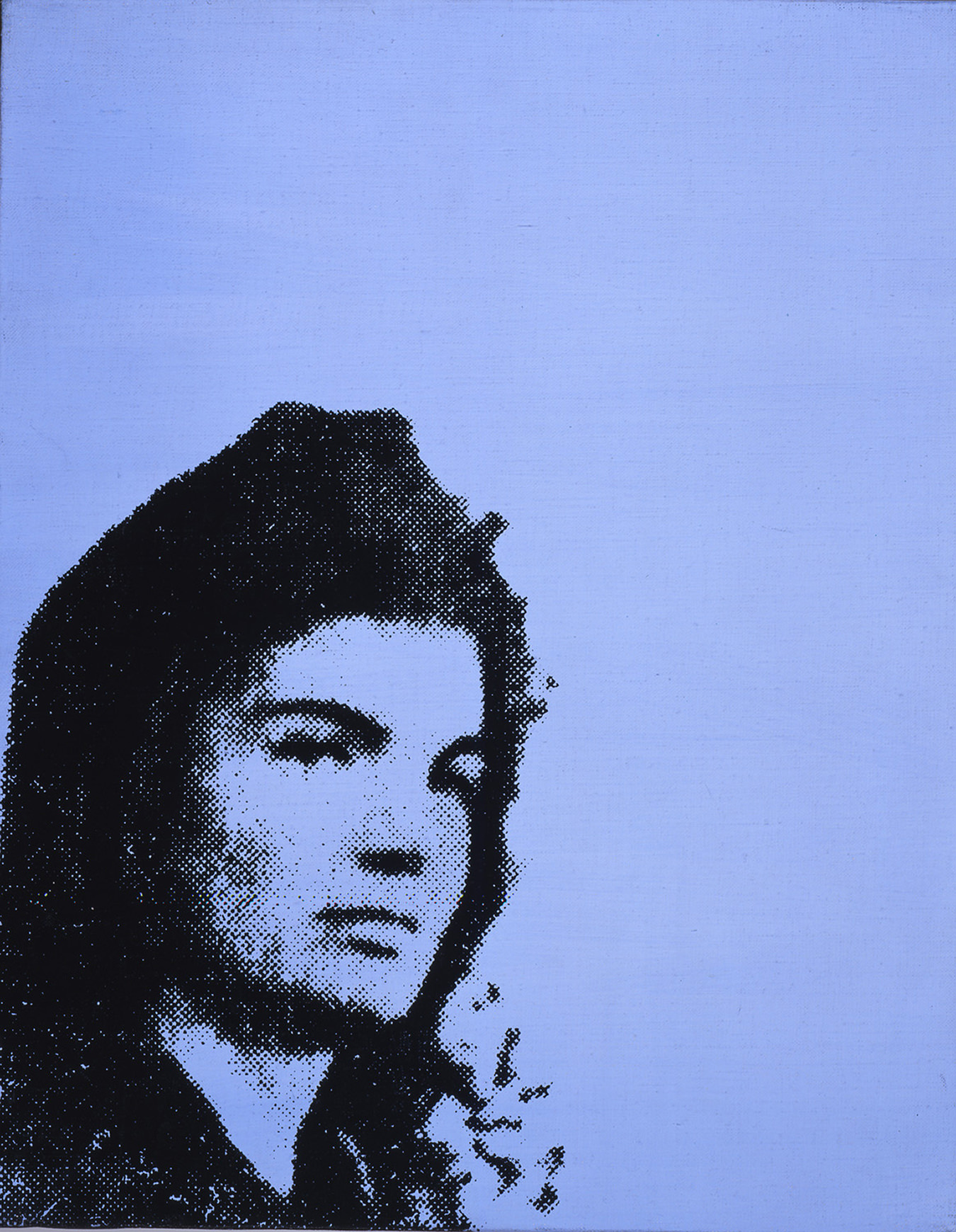
Andy Warhol, Jackie, 1964.
The Andy Warhol Museum, Pittsburgh, © The Andy Warhol Foundation for the Visual Arts, Inc. -
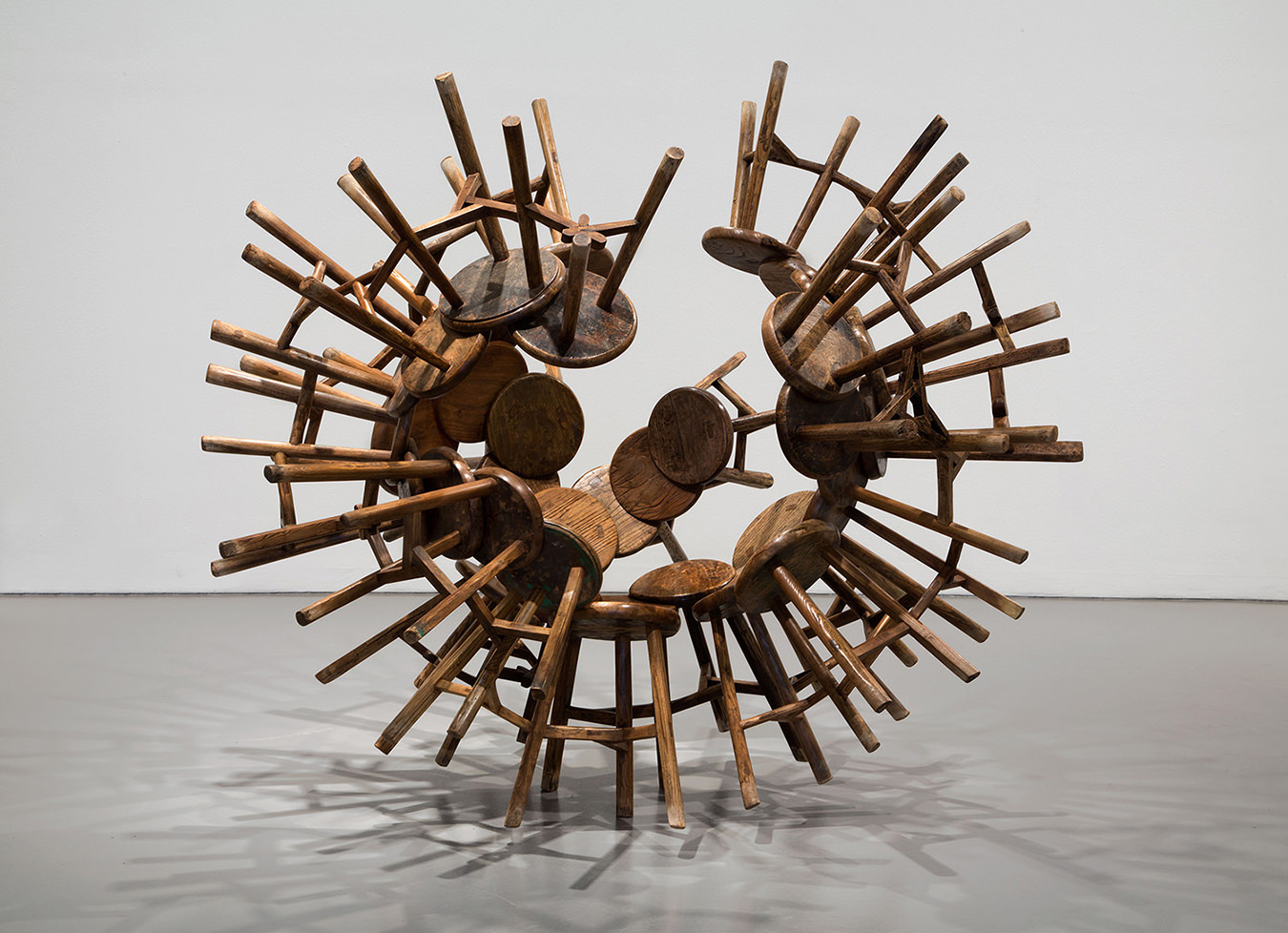
Ai Weiwei, Grapes, ca. 2011.
Collection of Larry Warsh, © Ai Weiwei. -
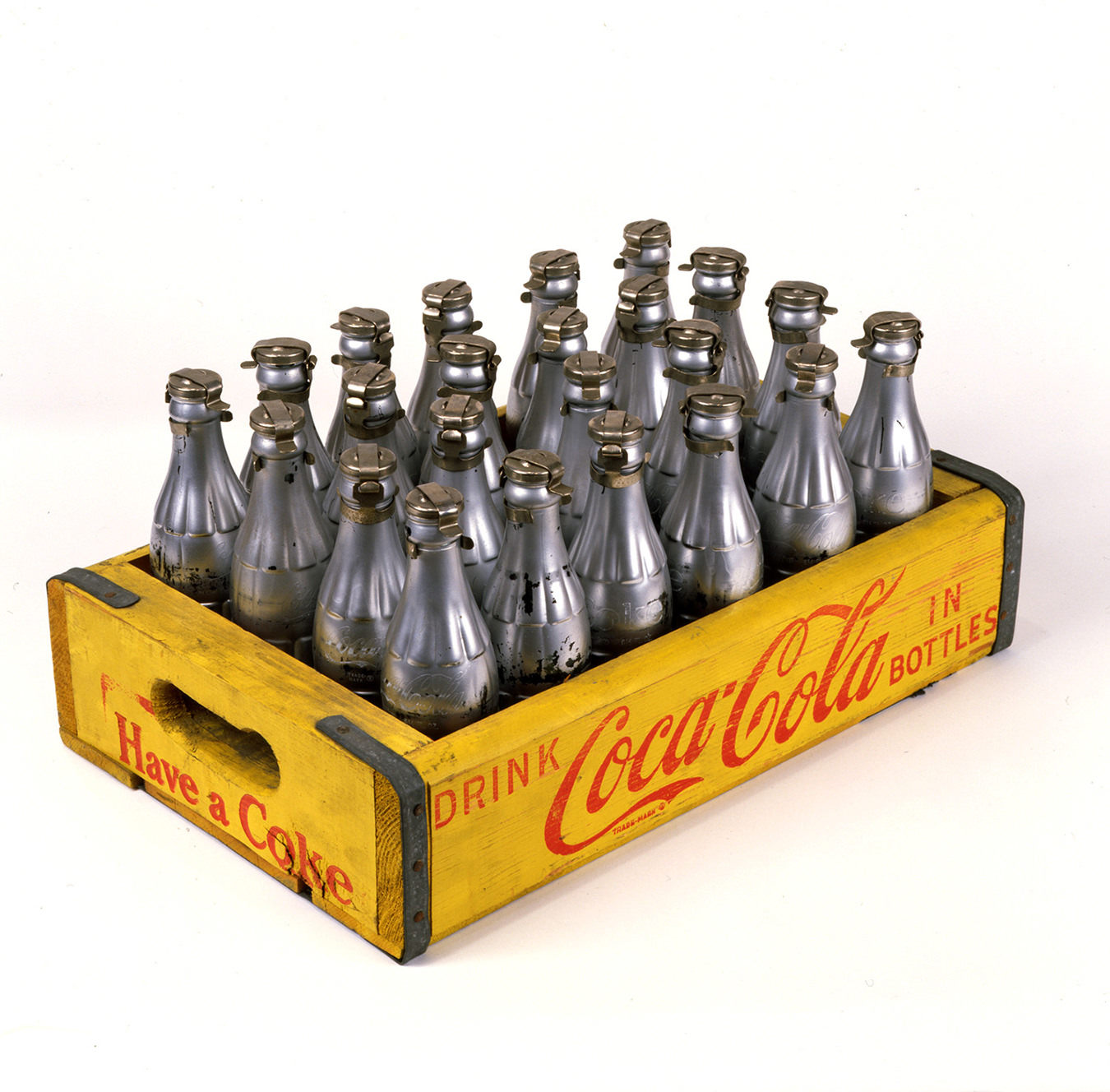
Andy Warhol, You’re In, 1967.
The Andy Warhol Museum, Pittsburgh, © The Andy Warhol Foundation for the Visual Arts, Inc. -
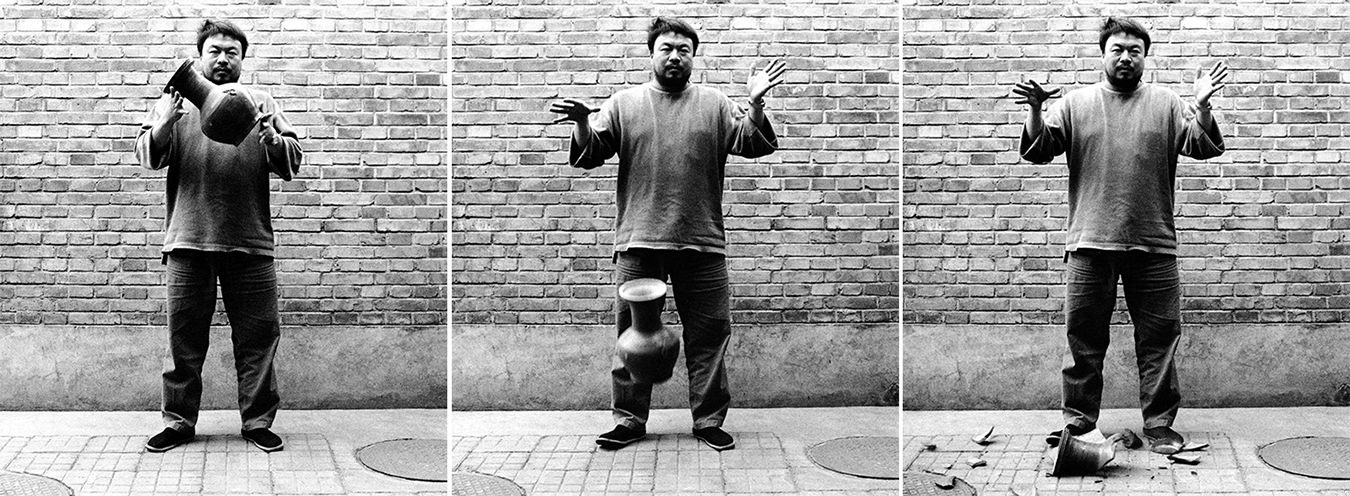
Ai Weiwei, Dropping a Han Dynasty Urn, 1995.
Image courtesy Ai Weiwei Studio, © Ai Weiwei.
Andy Warhol | Ai Weiwei
Contemporary icons in contrast.
In partnership with the National Gallery of Victoria in Melbourne, Australia, Pittsburgh’s Andy Warhol Museum is debuting its new exhibit Andy Warhol | Ai Weiwei on June 4. According to associate curator of art Jessica Beck, the show reveals interesting similarities between the two celebrity artists’ visual practices. “[Although they began their careers] decades apart, Ai in 1981 and Warhol in 1949, both artists launched their careers in New York,” notes Beck. “Ai ran from the oppression of the Chinese government while Warhol was escaping the challenges of sexual discrimination in the conservative, post-war culture of Pittsburgh.”
The exhibition explores the artists’ mutual interests and influences, emphasizing how both used their art as a medium for social commentary, collaborating with musicians, filmmakers, intellectuals, and bohemians to expand their realms of influence and experiment with new mediums.
The expansive exhibit is installed throughout the seven floors of The Andy Warhol Museum, and includes 350 works of drawing, film, new media, photography, painting, sculpture, and publishing. Better-known pieces include Warhol’s Brillo Boxes (1964), which the exhibit pairs with Weiwei’s Tea Brick (2004), as both are influenced by American Dadaist Marcel Duchamp. Then there is Warhol’s Little Electric Chair (1965) and Weiwei’s Surveillance Camera (2010), both a response to living in surveillance states, and, exploring the power of portraiture, selections from Warhol’s Most Wanted Men series (1964) are paired with Weiwei’s Study of Perspective series (1995-2003). Another noteworthy comparison is Warhol’s Gun (1981-82) with Weiwei’s Jade Handcuffs (2012), an example of how both artists crafted visually-compelling social commentary. As Beck says, both “… artists found a way to turn their struggles into art.”
As for film, visitors may watch snippets of Warhol’s Empire (1964), an eight-hour film of New York’s Empire State Building, and Weiwei’s Chang’an Boulevard (2004), a 10-hour film of traffic in Beijing’s Avenue of Peace.
Of course, the artists are also known for a sense of levity and whimsy, as evidenced by an adorable feline section of the exhibit that unites Warhol’s 1950s drawings of cats with Weiwei’s photographs of his cat and other paired pieces exploring themes of glamour, beauty, and flowers. The conversation between the two artists is certainly engaging.
Andy Warhol | Ai Weiwei is on exhibit until August 28, 2016, at the Andy Warhol Museum, 117 Sandusky Street, Pittsburgh, Pennsylvania, U.S.A. 15212, +1-412-237-8300.





